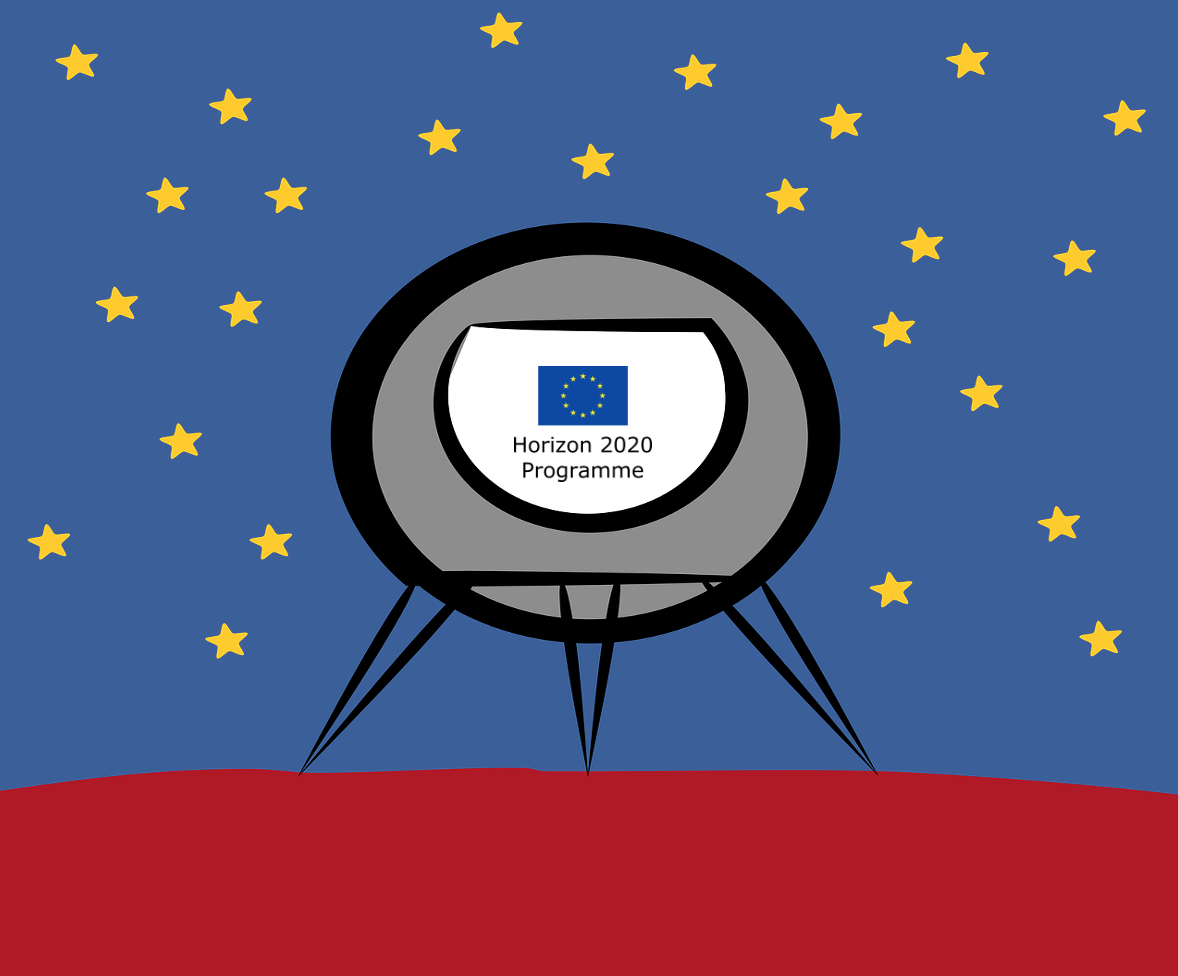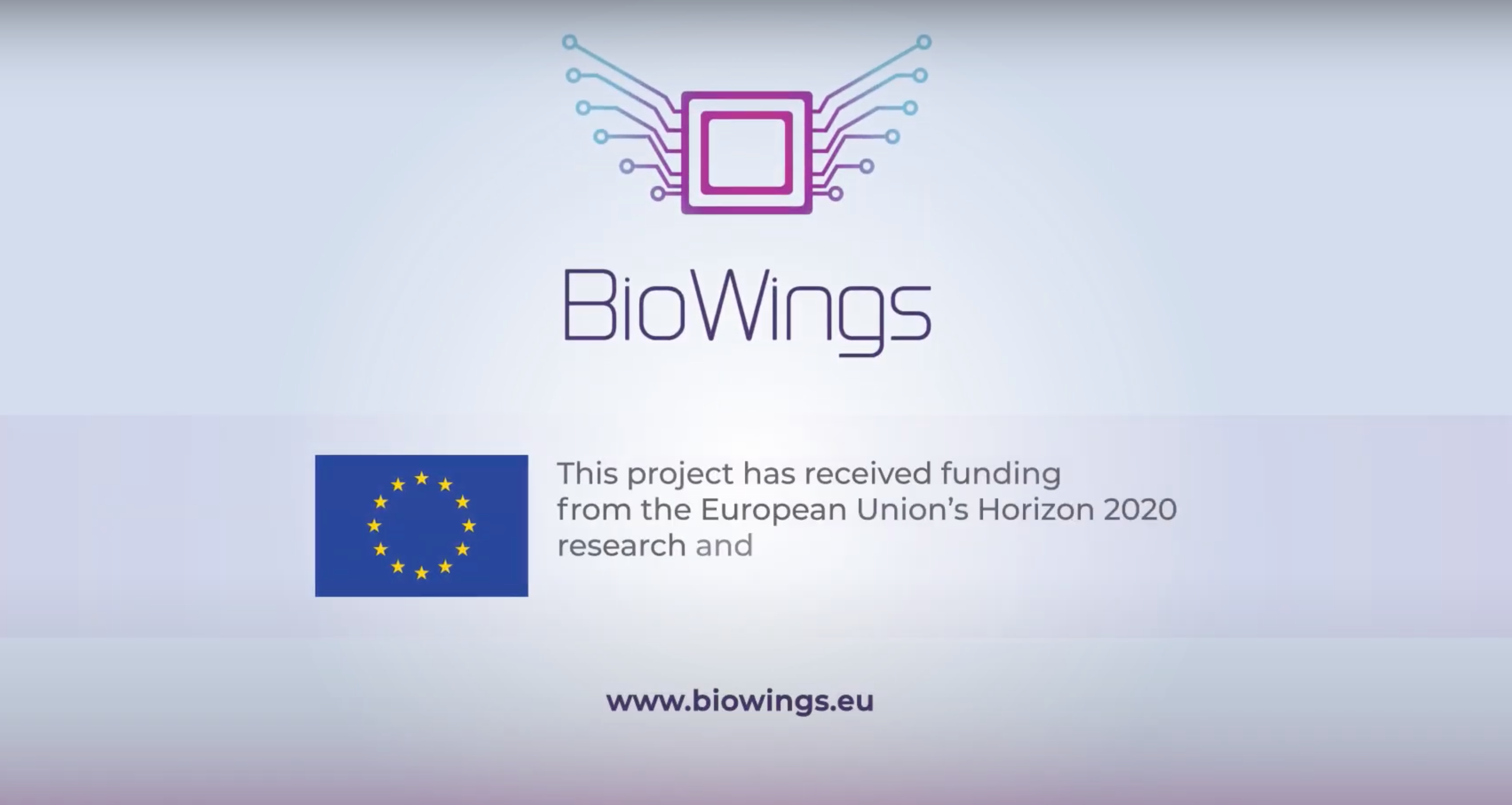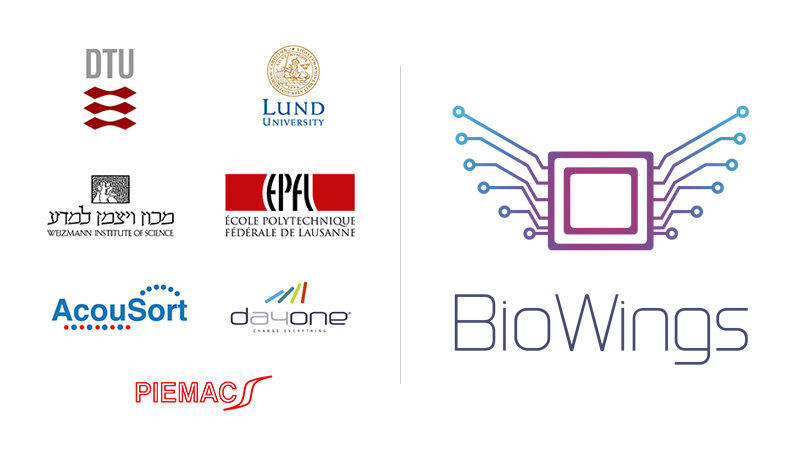
EIC Pathfinder Pilot: let’s discover the FET Open and the FET Proactive programmes
A focus on Europe’s innovation future
As you know, BioWings is a project funded by the European Commission in the Horizon 2020 framework, under the Future Emerging Technologies (FET) Open programme. The mission of Future and Emerging Technologies is to turn Europe’s excellent science base into a competitive advantage.
FET OPEN
FET Open funds and supports early-stage, science and technology research by consortia exploring novel ideas for radically new future technologies that challenge current paradigms and venture into the unknown, with the aim to generate genuine societal or economic innovations
FET Open aims at bringing together the brightest European minds at an early stage of research to pave the way for innovations, radical new ideas and novel technologies that challenge current thinking.
FET Open is part of the Enhanced European Innovation Council pilot (Enhanced EIC pilot). This was launched on 18th March 2019 as part of an amendment to the Horizon 2020 Work programme 2018-2020, when the EIC Pathfinder Pilot (FET Open and FET Proactive), EIC Accelerator Pilot the Fast Track to Innovation (FTI), FET Open and Horizon Prizes, were brought under the EIC pilot umbrella, to provide a ‘one-stop-shop’ for funding of innovators/innovations in the EU.
FET PROACTIVE
FET Proactive helps new research communities to be developed by encouraging researchers from different disciplines to work together on new technologies in specific domains.
“In the work programme 2018-2020, and specifically for 2019 and 2020 (see the updated version), FET Proactive consists of 3 initiatives under the topic Boosting emerging technologies:
Emerging paradigms and communities, to explore and consolidate a new technological direction in order to put it firmly on the map as a viable paradigm for future technology. To foster the interdisciplinary communities that are able to drive this forward, extending from the participating consortia to a wider European pool of expertise. To stimulate the emergence of a European innovation eco-system around a new technological paradigm, well beyond the world of research alone. For 2019 and 2020 there will be three subtopics each year:
- Human-Centric AI (2019)
- Implantable autonomous devices and materials (2019)
- Breakthrough zero-emissions energy generation for full decarbonization (2019)
- Future technologies for social experience (2020)
- Measuring the unmeasurable – Sub-nanoscale science for Nanometrology (2020)
- Digital twins for the life-sciences (2020)
EIC Transition to Innovation Activities to turn promising results from FET-funded projects into genuine technological or societal breakthrough and disruptive innovations. Since the typical researchers’ mind-set is to identify further opportunities for research, promising research results that could be the basis for breakthrough and disruptive innovation risk to remain unexploited. The challenge is to create a fertile ground for those results to mature, to a level where exploitation and investment opportunities can start to be discussed, and ultimately towards future market uptake. While recognizing that this may still take further research and development, it is crucial to complement research excellence with a focus on entrepreneurial ambition and commitment at an early stage. The targeted areas in 2019 are:
- Micro-and Nano-technologies;
- Artificial Intelligence and advanced robotics;
- Technologies for the life sciences, health and treatment
- Low-carbon energy and climate change technologies;
- Interaction technologies (including virtual-, augmented- and mixed reality).
Environmental Intelligence – new synergies between the distant communities of environmental modelling, advanced sensor research, social sciences, and artificial intelligence can lead to radically new approaches to creating and using dynamic models of the environment, including predictive modelling and scenario testing and tracking. The ultimate vision is to use the fusion and analysis of this rich, dynamic data coming from a variety of sensing modalities and their characteristic locations to build a deeper understanding of the socioenvironmental inter-relationships, for example, by testing and validating complex theoretical models. This topic will be called for in 2020 with two subtopics:
New techniques for creating and using dynamic models of environmental evolution”.






